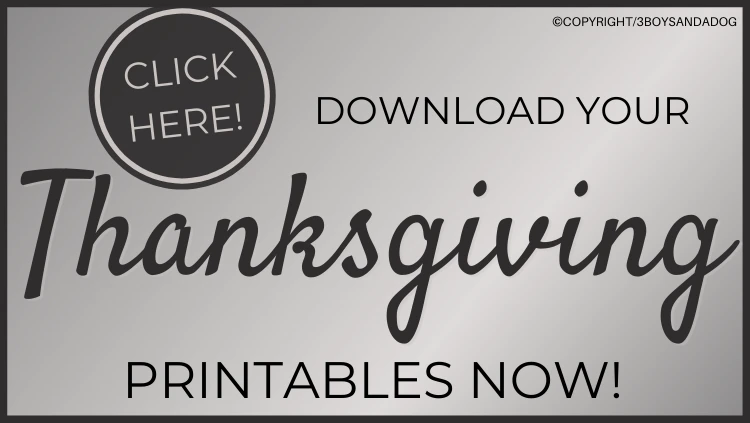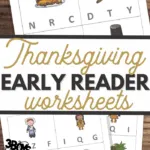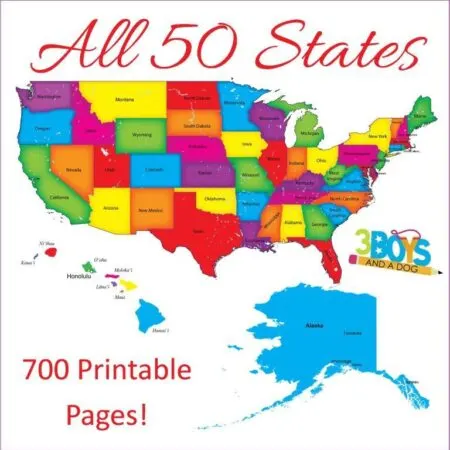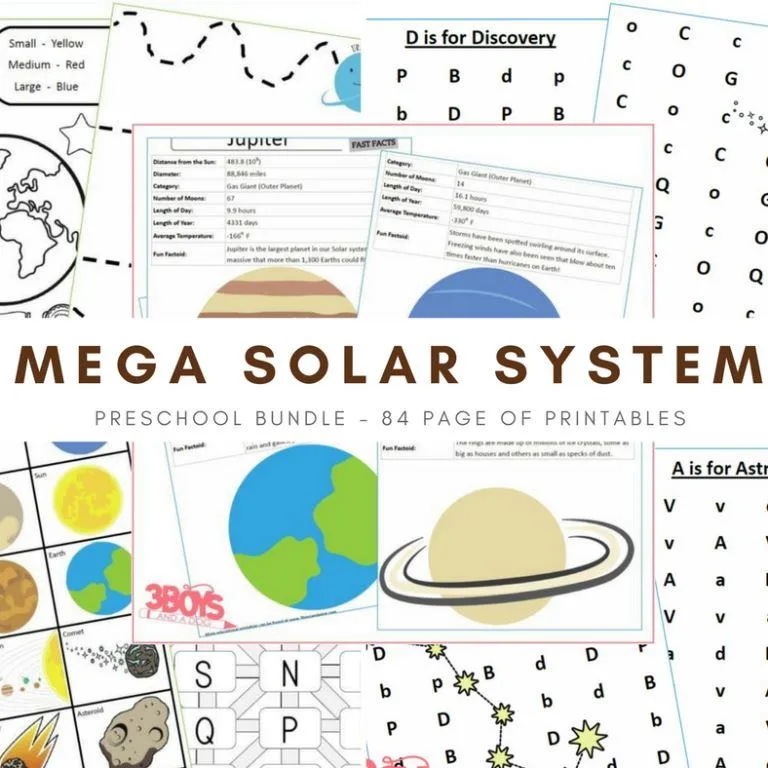These Thanksgiving Early Reader Worksheets will help your preschool and kindergarten-aged children work on beginning and ending sounds.
This set includes a sheet of beginning sounds and a sheet of ending sounds in an adorable Thanksgiving theme to help your child with Phonics!
Make sure to check out my Homeschooling Preschool Worksheets for more fun learning ideas. When it comes to prepping for the holidays, I love having options for the kids!

These worksheets are perfect for reading comprehension and the Thanksgiving season. These are great for emergent readers.
Using holiday-themed learning is always a great way to combine education and fun! The kids will love these worksheets!
If your little one is interested in starting to read, they’re going to love this printable!
What is the educational benefit of this printable?
These Thanksgiving Printables will help your preschool and kindergarten-aged children work on recognizing patterns, letters, and sequences. Plus, they are in an adorable Thanksgiving theme.
What it includes:
These worksheets are great for educational activities for the kids. You’ll find options for learning about the first Thanksgiving and helping kids to gain confidence in their reading abilities.
Fun ways to use this printable:
Use these worksheets as a way to branch off and have even more fun with your kids learning. Once they start to build their learning confidence, there’s no stopping them to growing and gaining even more knowledge!
Create a fun Thanksgiving meal
After reading a bit about Thanksgiving, why not make a mini holiday meal. Don’t forget the pumpkin pie! And of course, the whipped cream to go along with it.
Pair this up with other free printables
Why stop at one printable when you don’t have to? You can use this printable to search this site for more learning printables that are Thanksgiving-themed, too. I like to pair up as many learning concepts as possible to keep the kids active and engaged. (I do this all for all my holiday and seasonal learning)
Use this for creative ideas
Have the kids create their own Thanksgiving word search and coloring pages. Once they read the words, have them create their very own learning printables and activities for later. This keeps them active and involved and engaged in their learning.

Why is it important to have good reading comprehension skills?
Reading comprehension is a critical skill for students to develop, as it allows them to understand and process the information they read.
Good reading comprehension skills can help students in all subject areas, as they will be better able to comprehend textbook materials and other course readings.
In addition, students with strong reading comprehension skills are more likely to do well on standardized tests. For these reasons, it is essential for students to develop strong reading comprehension skills.
There are a number of strategies that students can use to improve their reading comprehension skills.
First, they should try to increase their vocabulary, as this will help them better understand the words they encounter in texts. In addition, they should make sure to read texts aloud, as this can help them better process the information.
Finally, they should take the time to summarize what they have read after finishing a text, as this will help them identify the main ideas and remember key details.
By using these strategies, students can improve their reading comprehension skills and set themselves up for success in school and beyond.
What are some strategies that young readers can use to improve their reading comprehension?
Learning to read is one of the most important skills that a child can acquire. However, simply being able to read the words on a page is not enough – children must also be able to understand and make sense of what they are reading.
Good reading comprehension depends on a number of factors, including background knowledge, vocabulary, and cognitive processing abilities. Fortunately, there are a number of strategies that young readers can use to improve their reading comprehension.
For example, they can preview the material before they start reading, make predictions about what they will read, and ask themselves questions as they read.
In addition, they can pause periodically to summarize what they have read and identify key ideas and details.
By using these and other strategies, young readers can develop the critical thinking skills that are necessary for success in school and in life.

Is it hard for children to learn phonics?
Phonics is a method of teaching reading that focuses on the relationship between the sounds of spoken language and the written letters that represent those sounds.
Phonics instruction typically begins in kindergarten or first grade, when children are just learning to read.
While some children may find phonics challenging at first, most eventually catch on and begin to use phonics automatically when they read. In fact, research has shown that children who receive explicit phonics instruction are more likely to become proficient readers than those who do not.
However, it is important to note that phonics is just one part of a good reading program; other important components include vocabulary development and comprehension skills.
When all of these elements are present, children are well on their way to becoming fluent readers.
At what age do children begin reading?
There is no single answer to the question of when children begin reading.
Some children may start reading as early as three or four years old, while others may not start until they are six or seven.
In general, however, most children begin to show an interest in reading around the age of five. This is the age at which they typically begin to understand that written words represent spoken language, and they become curious about what those words say.
At this stage, they will often start to experiment with looking at books and trying to read them. Of course, every child is different, and some may start reading earlier or later than others.
But in general, five is the age at which most children begin to get interested in reading.
Shop My Learning Printables:
The following homeschool picks of mine can be found in my shop. Simply click the image that interests you!
More Printable Thanksgiving Worksheets:
- Thanksgiving Printable Activity Set
- Thanksgiving Cutting Pages
- Thanksgiving Handwriting Worksheet for Preschool
- Ii is for Indian Free Thanksgiving Worksheets











Pirate Preschool Printables - CrystalandComp.com
Thursday 24th of August 2023
[…] Thanksgiving Early Reader Worksheets […]
Sarah D.
Monday 25th of November 2013
My son should enjoy this. Thank you! =)
Kelli Miller
Wednesday 27th of November 2013
Thanks Sarah, if he is anything like my youngest he will really enjoy it. :-)